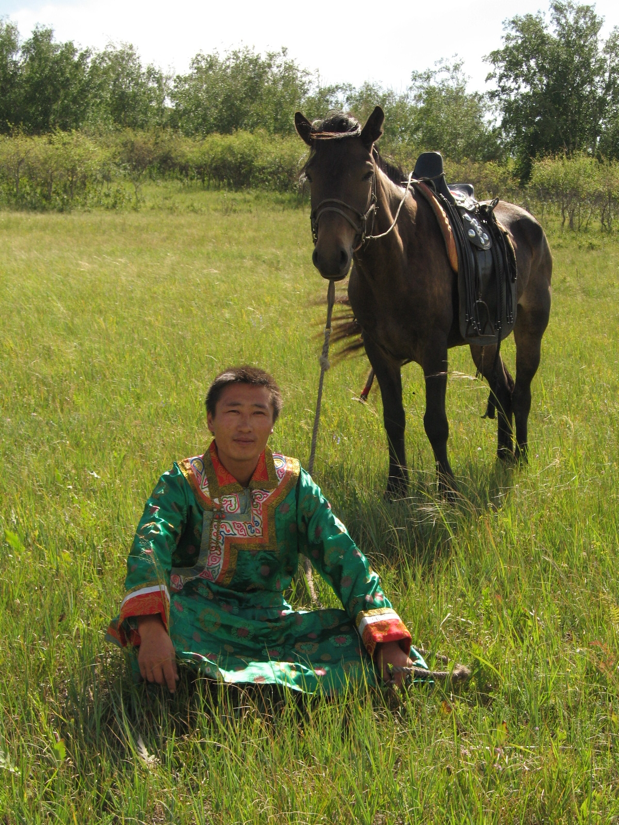A Classification of Threats to Traditional Ecological Knowledge and Conservation Responses
Ruifei Tang and Michael Gavin (CEESP members)
Ruifei Tang and Michael Gavin (both CEESP members) recently published their research with Conservation and Society (Vol. 14, 2016). In their research, they address that traditional ecological knowledge (TEK) shapes human-environment interactions across much of the globe. Numerous case studies have provided evidence of TEK degradation, with substantial implications for the status of biodiversity. Previous studies draw on diverse academic disciplines, each with a unique set of theoretical constructs and discipline-specific jargon. The lack of a standard lexicon for TEK threats and conservation actions impedes the comparative work needed to understand broad patterns of TEK degradation and implications for biodiversity conservation planning. Based on a literature review (n=152 sources), questionnaires (n=137 respondents), and semi-structured interviews (n=63 interviewees), they developed a classification system for both, threats to TEK and corresponding conservation actions. They find TEK degradation to be widespread (89% of cases in literature and 87% of cases from questionnaire) and typically driven by a complex web of threats acting at different spatial and temporal scales. Conservation responses can best address this interconnectivity through the involvement of multiple actors across different institutional and spatial levels. They also demonstrate the utility of the classification system by applying it to an examination of TEK threats in Inner Mongolia, China.
In conclusion, they claimed that overall, the use of the classification systems we developed has allowed them to examine trends in TEK threats and conservation actions based on the evidence currently available in the literature and via their questionnaire. Most of the current TEK research concentrates on specific locations and specific communities (Tang 2013). The lack of comparable data and common databases has been a major obstacle to TEK research addressed by many researchers (e.g. Reyes-Garcia et al. 2005). The classification systems presented here can help facilitate cross-project and cross-region communication regarding common threats and effective conservation actions. It therefore may also help to identify and highlight ubiquitous patterns, processes, challenges, and opportunities to TEK conservation. At the community level, use of the classification systems can assist in ensuring that all relevant TEK threats are identified as an initial step in addressing TEK degradation.
A comprehensive understanding of the drivers of TEK change and conservation options is lacking in most locations. The research they present here should be considered as an initial assessment of TEK threats and conservation on the global scale. They hope this study will inspire further and more comprehensive examination of TEK threats and conservation actions across the globe.
- To access the full article, please visit http://www.conservationandsociety.org/text.asp?2016/14/1/57/182799
- or contact Ruifei Tang at trf615@gmail.com


